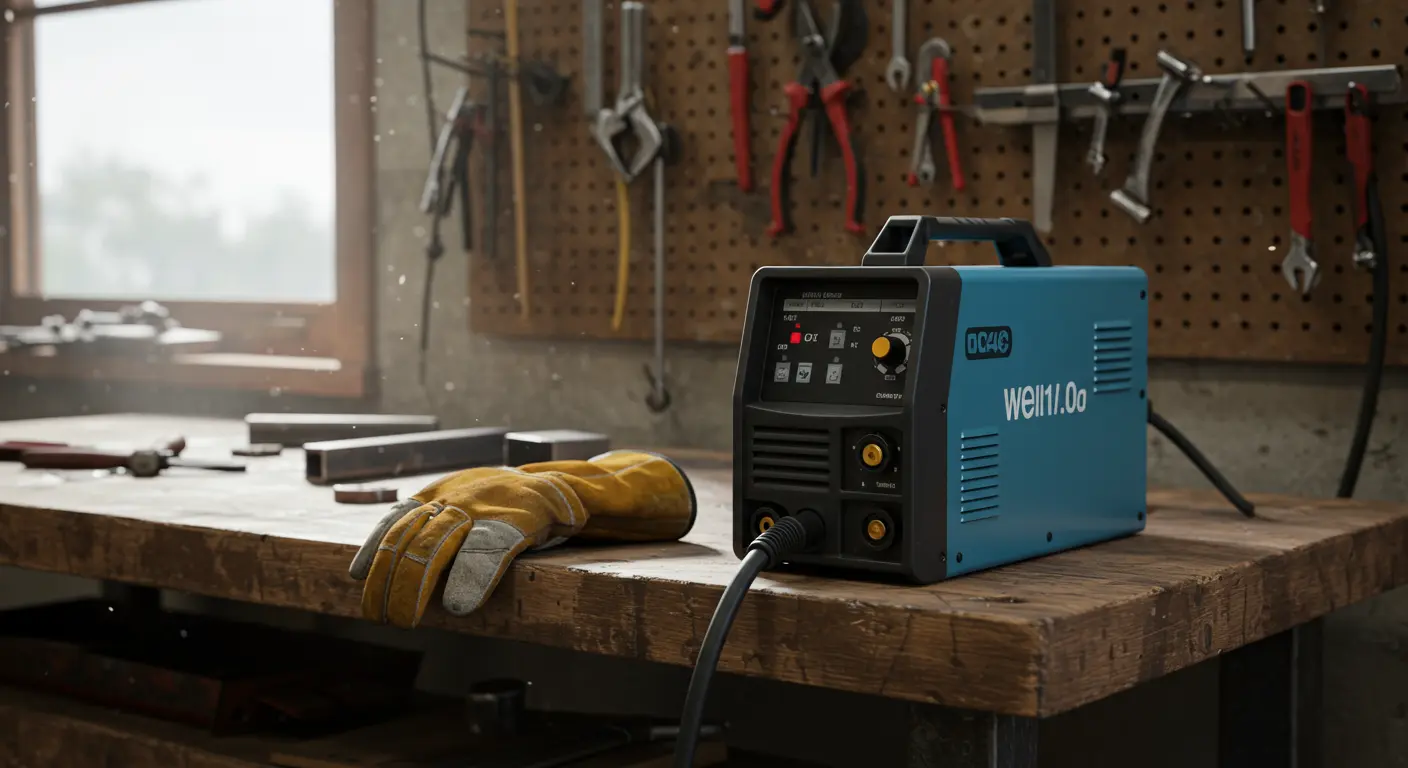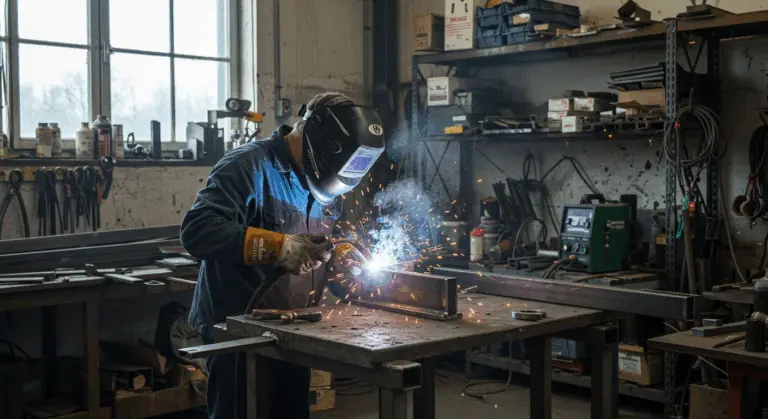What Does VRD Stand For?
VRD is a versatile acronym whose meaning varies significantly across industries and contexts—from cutting-edge display technology to essential safety equipment.
VRD in Technology – Virtual Retinal Display
In the technology sector, VRD stands for Virtual Retinal Display—an advanced technology that bypasses traditional screens entirely. Instead, it employs low-power lasers to project images directly onto the eye’s retina, creating the illusion of an image floating within the user’s field of vision.
This innovative approach delivers clear advantages over traditional displays, including higher perceived resolution, wider field of view, and reduced eye strain. VRDs show exceptional promise for applications in augmented reality (AR), virtual reality (VR), and assistive technologies for individuals with visual impairments.
The development of VRD technology represents a significant advance in visual information delivery. In some applications, it could render physical screens obsolete entirely.
VRD in Welding – Voltage Reduction Device
Within the welding industry, VRD has an entirely different meaning—Voltage Reduction Device. This critical safety component automatically lowers the open-circuit voltage to safe levels whenever the machine idles between welds.
The device operates through intelligent resistance monitoring. When high resistance signals an open circuit, it immediately reduces voltage. The moment an electrode contacts the workpiece, full voltage returns instantly.
This protection proves essential for stick (SAW) and certain TIG welding processes where live electrodes create serious shock hazards when changing electrodes or working in damp conditions.
Today’s welding machines commonly feature built-in VRDs with convenient toggle switches, improving operator safety significantly.
VRD in Military – Volunteer Reserve Decoration
In military circles—especially within Commonwealth naval forces—VRD represents the Volunteer Reserve Decoration. This distinguished award honored officers who demonstrated exceptional long-term service in volunteer naval reserves.
Earning this decoration required a minimum of 15 years’ qualifying service. Recipients were entitled to add the post-nominal letters ‘VRD’ after their name, signifying their dedicated voluntary service to naval defense.
Canada maintained a parallel decoration system. These awards formed part of a comprehensive framework recognizing the valuable contributions of reserve forces to national defense.
Geographical and Organizational Meanings of VRD
-
Aviation: VRD was the ICAO code for the airline Virgin America until its 2018 merger with Alaska Airlines.
-
Australian Transport: It is the IATA code for Victoria River Downs Airport in the Northern Territory, serving one of the country’s largest cattle stations.
-
U.S. Recreation: It stands for the Vail Recreation District in Colorado, a local government body managing public parks and community programs.
This variety shows how acronyms can carry vastly different meanings depending on their geographical location or industry context.
VRD in Real Estate – Vacation Rental Dwelling
In real estate and property management, VRD signifies Vacation Rental Dwelling—properties specifically licensed and regulated for short-term rental operations.
Municipalities worldwide have developed detailed regulatory frameworks for VRDs, encompassing permits, taxation, and operational standards to balance tourism benefits with community concerns.
Property owners view VRDs as lucrative investments offering higher rental yields, though they demand intensive management and regulatory compliance. Communities appreciate their tourism infrastructure value while grappling with potential housing availability challenges.
Safety Implications of VRD in Welding
Implementing Voltage Reduction Devices in welding equipment marks an important milestone in occupational safety. The primary benefit? Dramatically reducing electrical shock risks that have long plagued the industry.
Consider the stark difference: an idle welding machine’s open-circuit voltage can reach dangerous levels of 60–80 volts. A VRD slashes this to approximately 13 volts—a far safer threshold.
This safety margin proves especially important in high-risk environments. Consider confined spaces or moisture-laden conditions where electrical hazards multiply exponentially.
The result? Industry safety standards have evolved accordingly. High-risk worksites—from mining operations to construction zones—now mandate VRD-equipped welding machines as standard protocol.


